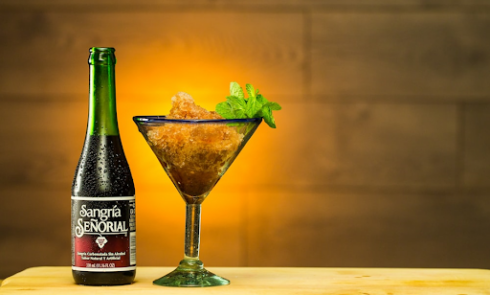Juice is a liquid product, which is obtained from various fruits, vegetables, trees by mechanical action and, if necessary, preserved by physical method.
The following varieties of juices are known: natural juices, juices with sugar, blended, concentrated, juices with pulp, nectars and dry juices.
Types of juices
Natural juices made from fruits and vegetables are obtained by processing only ripe, unspoiled fruits. Maximum usefulness of these types of juices in the first 4 hours after cooking. During storage, even a good one, the predominant part of the useful substances is destroyed. An example of such classifications of juices: apple, apricot, beet, potato and others.
Juices with sugar are made from sour fruits and berries. A more common production option from these types of fruit is blending – adding about 35% of juice from other types of fruit to the dominant juice. This is done primarily to obtain more valuable and tasty versions of juices. They come in natural, with pulp or with sugar. The most popular are apple-cranberry, apple-grape and pear-apple.
Production of concentrated juices
Concentrated juices are obtained by a mechanical impact on the classic juices, resulting in evaporation of water and doubling the content of soluble dry components. In concentrated vegetable juices prepared for direct consumption, salt, vinegar or spices are often added, while sugars, ascorbic or citric acids are added to fruit juices of the same type. Such manipulations are relevant due to the fact that when concentrated, volatile aromatic compounds are removed from juices and their lack for the taste of the product is compensated for in this way.
Juices with pulp contain the smallest parts of the pulp, which are the source of all biologically active substances. These juices can be made with the addition of sugar or its syrup. Such an addition improves the taste qualities of juices, but at the same time reduces the level of naturalness of the product. For the production of juices with pulp, plums, peaches and apples are suitable.
Nectar – a product containing 25 – 50% natural juice, and is supplemented with water, sugar and honey. The percentage of natural juice is determined by the specific type of fruit: for example, for banana nectar it is 25%, for plum – 30%, cherry – 35%, peach – 45%. This ratio is not an indicator that nectars are worse than juices. Simply, to get a liquid product from banana, for example, only this proportion of components is possible. Vitamins in nectars are present in the required quantity and they can be safely attributed to the useful products.
Dry juices
Dried juices are made by freeze-drying and are a full-fledged alternative to natural juices. It is used to make natural juices, kissels and morsels. In the dry juice most often added sugar, ascorbic and citric acids. The advantage of this type of juice is that the fruit acids in their composition affect the human body less aggressively.


